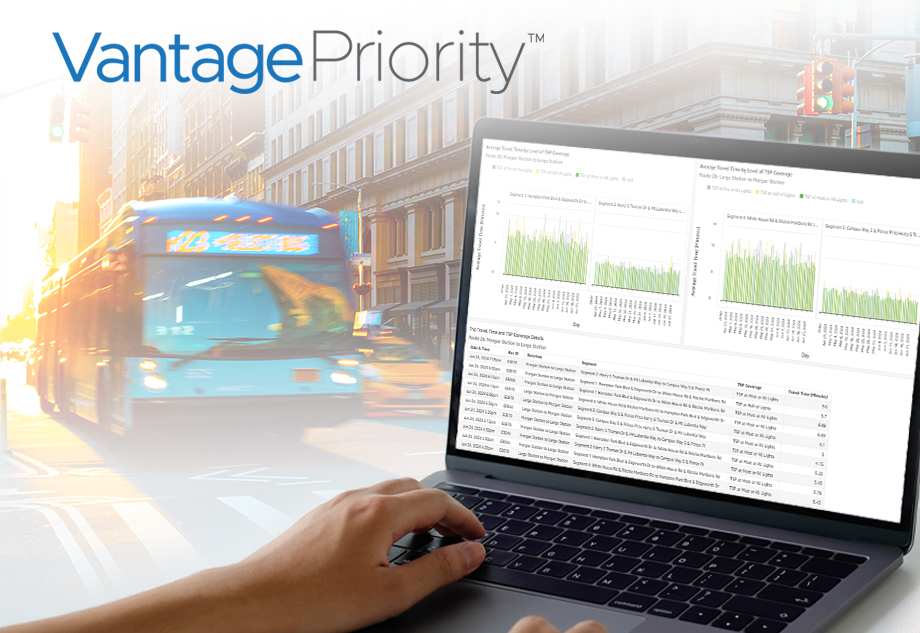
Oregon’s Smart Solution to Total Eclipse Traffic

Catch a glimpse of what Oregon’s Department of Transportation saw while using iPeMS to manage the state’s record traffic influx.
In the mid-morning hours, thousands of avid stargazers descended on towns and cities along the so-called “path of totality”, a 70-mile wide strip stretching from Oregon to South Carolina where the shadow of the moon completely obscured the sun for just over a couple of minutes today, marking the first time a total solar eclipse has occurred since 1979.
With some states predicting the “worst traffic jam in US history” and reports of gas stations running out of fuel even before the weekend, the Oregon Department of Transportation sought to leverage Iteris’ iPeMS analytics software to help plan, manage and mitigate any jams in real time so that people in normally low-congestion towns like Bend and Madras could be speedily notified.
Thanks to iPeMS’ ability to animate historical data, we can see how the traffic coming into Oregon swelled and subsided as time passed in the graphics below.

Real-time analytics: comparing historical and real-time data sources allowed for quick and actionable understanding of traffic trends as the eclipse hit Oregon.

Homebound congestion: iPeMS highlighted a traffic jam on I-5 in Salem, Oregon, as eclipse watchers made their way home from the path of totality.

Immediate aftermath: minutes after the moment of totality, congestion immediately swelled as eclipse watchers rushed home. The anomalies layer in iPeMS highlighted the difference between unusual and usual traffic patterns.

As the dust settles: the traffic around Portland continued for hours after the eclipse, mixing with Monday night rush hour, with continuous queues from 10:45am until after 10pm.
Thanks to iPeMS’ historical data visualization, post-eclipse hindsight is 20/20 and agencies like ODOT can spend the coming weeks studying any trends and anomalies in the analytics to be even better prepared for the next total solar eclipse, which is scheduled for April 8, 2024.
To learn more about the ways in which ODOT prepared for the solar eclipse using iPeMS, read our recent blog on ‘Preparing For The Moment of Totality’ here.
 X
(Twitter)
X
(Twitter)
 Facebook
Facebook LinkedIn
LinkedIn Copy
Link
Copy
Link Email
Email

